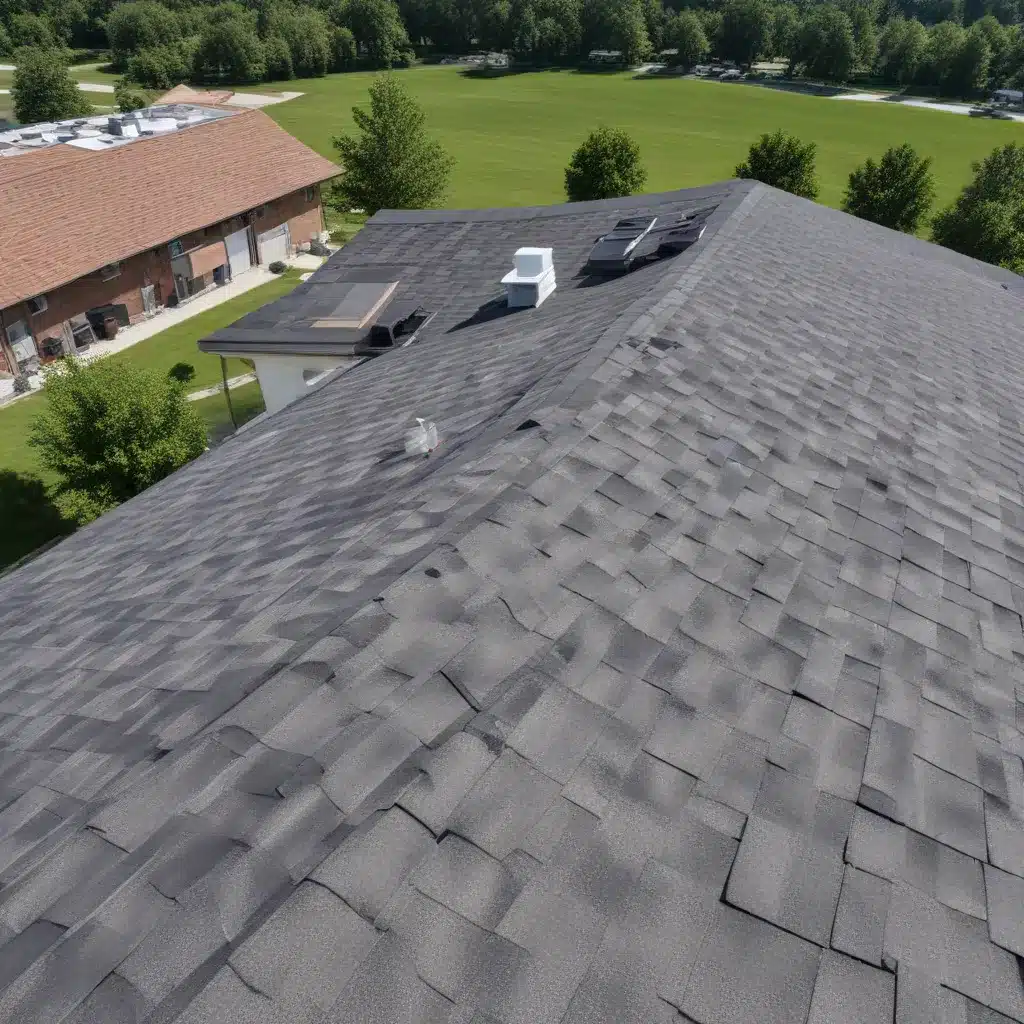
Unlocking the Power of Roof Efficiency
In the pursuit of creating comfortable, energy-efficient living spaces, one critical component often overlooked is the roof. As the primary interface between your home and the elements, your roof plays a pivotal role in regulating indoor temperature, minimizing energy consumption, and safeguarding your investment. As a seasoned roofing professional, I’m here to share practical tips and in-depth insights on how to leverage your roof’s potential to maximize energy efficiency and achieve long-term cost savings.
Insulation: The Foundation of Efficiency
Insulation is the cornerstone of energy efficiency in homes, acting as a thermal barrier to regulate indoor temperature and minimize heat loss or gain. Understanding the various insulation materials and their effectiveness is essential for optimizing your home’s energy performance.
While traditional options like fiberglass insulation remain popular, newer alternatives such as spray foam insulation offer superior thermal resistance and can effectively seal air leaks. Proper installation is crucial, as even the highest-quality material can underperform if improperly applied. Comprehensively sealing air leaks and insulating attics, walls, and floors can significantly enhance energy efficiency, leading to substantial financial savings and positive environmental impacts.
Roofing Materials: Choosing Wisely
The selection of roofing materials plays a crucial role in determining a home’s energy efficiency. Different roofing options offer varying levels of insulation and reflectivity, directly impacting your home’s energy consumption.
Reflective roofing materials, such as metal and asphalt shingles coated with reflective granules, can significantly reduce heat absorption and lower cooling costs during hot summer months. Eco-friendly options like recycled shingles or sustainable wood shakes also contribute to energy savings and align with environmentally conscious practices. Additionally, evaluating the durability and longevity of roofing materials is essential, as a long-lasting roof requires fewer replacements, reducing maintenance costs and environmental impact.
Ventilation: Promoting Airflow
Adequate roof ventilation is essential for maintaining optimal indoor temperatures and prolonging the lifespan of roofing materials. Proper ventilation helps prevent heat buildup in the attic during warmer months, reducing the strain on cooling systems and lowering energy costs. By allowing hot air to escape and fresh air to circulate, roof ventilation also mitigates moisture buildup, which can lead to mold growth and structural damage.
Various ventilation systems, such as ridge vents, soffit vents, and attic fans, offer different benefits and can be tailored to suit specific roof designs and climates. Regular maintenance and inspection of ventilation systems are crucial to ensure they function efficiently and effectively, enhancing energy efficiency, promoting a healthier indoor environment, and extending the lifespan of your roofing materials.
Roof Color: The Power of Reflection
The color of your roof can significantly impact your home’s energy consumption and overall comfort. Light-colored roofs, such as white or light gray, have higher solar reflectance, reflecting more sunlight and absorbing much less heat than dark-colored roofs. This results in lower attic temperatures and reduced cooling needs during hot weather, ultimately leading to lower energy bills.
However, in colder climates, dark-colored roofs may be beneficial, as they absorb more heat, helping to reduce heating costs during the winter months. When selecting a roof color to maximize energy efficiency, consider your local climate and regional weather patterns. Advancements in cool roofing technologies, such as reflective coatings and solar-reflective shingles, offer homeowners more options to enhance energy efficiency while maintaining aesthetic appeal.
Existing Homes: Upgrading for Efficiency
Improving insulation in existing homes is a strategic move towards enhancing energy efficiency and reducing utility expenses. Many older homes lack sufficient insulation, leading to energy loss and increased heating and cooling costs. The first step is to conduct an assessment to determine insulation levels and areas needing improvement. Supplemental insulation can then be added to existing insulation to enhance its effectiveness, while sealing air leaks can further improve energy efficiency.
Investing in insulation upgrades not only enhances comfort and energy savings but also increases the value of the home. Many utility companies offer rebates or incentives for energy-saving upgrades, making it a cost-effective investment for homeowners. Prioritizing insulation upgrades is a practical approach to maximizing energy efficiency and reducing environmental impact in existing homes.
A Holistic Approach to Roof Optimization
Maximizing energy efficiency with roofing and insulation upgrades benefits both your wallet and the environment. Investing in high-quality roofing and insulation is a wise decision with long-term benefits for homeowners. By making these improvements and prioritizing energy efficiency, you can save money on utility costs and increase the value of your home.
Your roofing and insulation can last the test of time and continue to offer comfort and protection for many years to come with proper maintenance and routine inspections. Furthermore, the environmental benefits of energy-efficient homes cannot be overstated, as lower energy use leaves the earth in a healthier state for generations to come.
When it comes to building a resilient and sustainable home environment, considering roofing and insulation replacements as long-term investments is crucial. By partnering with the Roofers in Northampton, you can unlock the full potential of your roof and achieve significant energy savings and cost reductions, all while contributing to a more eco-friendly future.
Conclusion
In the quest for energy efficiency and cost savings, your roof stands as a powerful ally. By optimizing insulation, selecting the right roofing materials, ensuring proper ventilation, and leveraging the reflective properties of your roof, you can create a more comfortable, sustainable, and cost-effective living space.
As a seasoned roofing professional, I’ve shared practical insights and strategies to help you maximize the energy efficiency of your home. Remember, a well-maintained and energy-efficient roof is not only a sound financial investment but also a testament to your commitment to environmental stewardship.
Explore the roofing solutions and services offered by Roofers in Northampton to take the first step towards a more energy-efficient and cost-effective future for your home. Together, let’s unlock the full potential of your roof and pave the way for a greener, more sustainable tomorrow.

